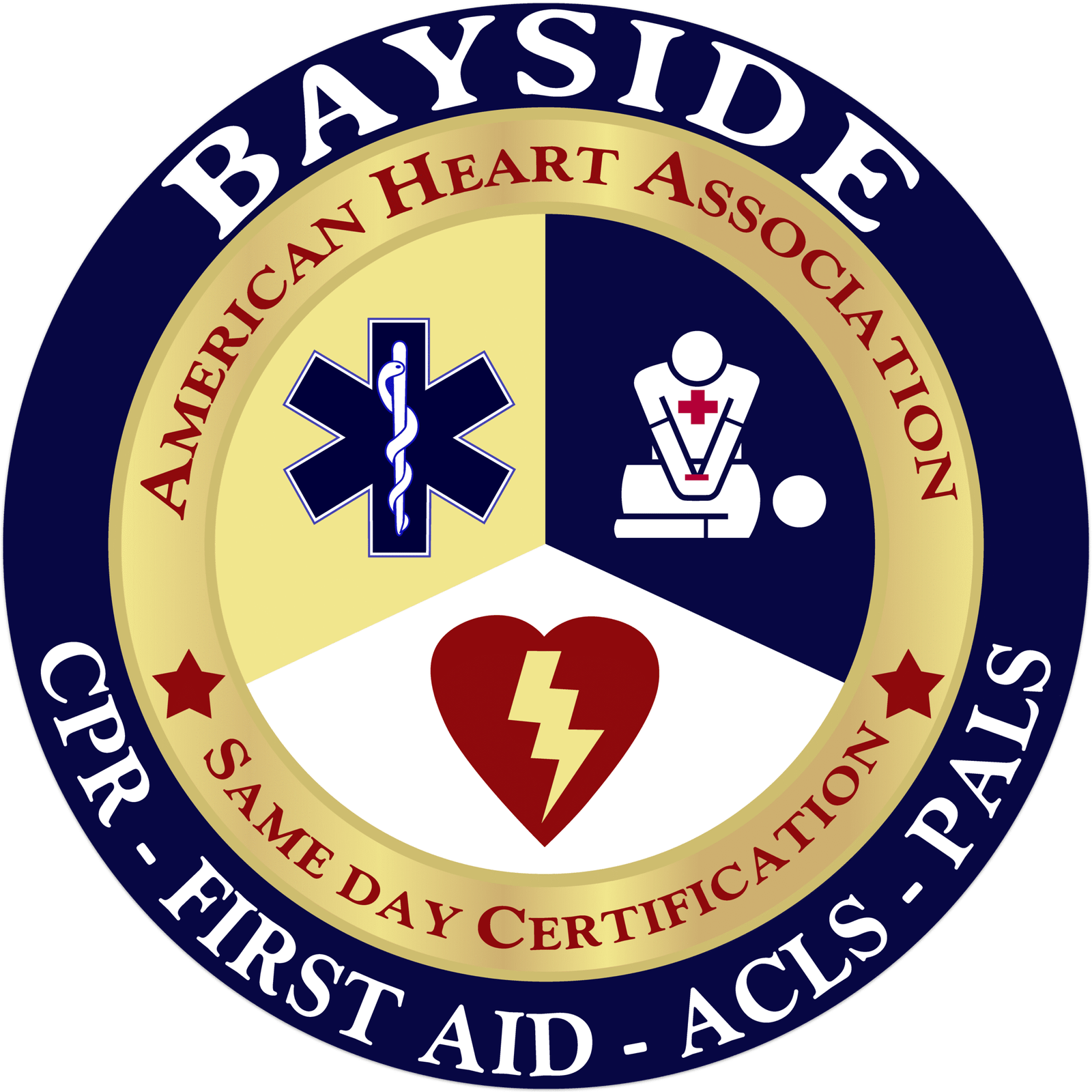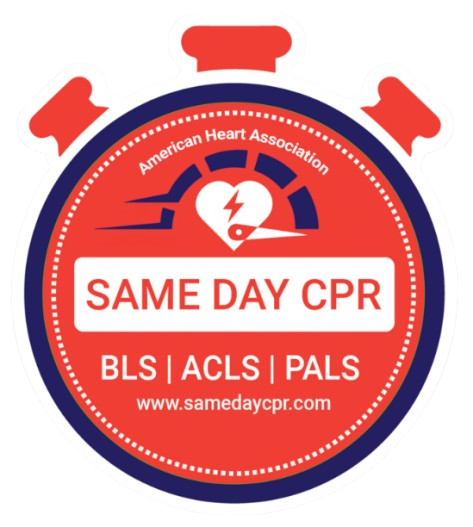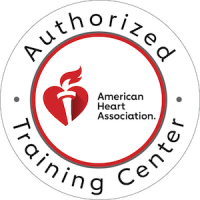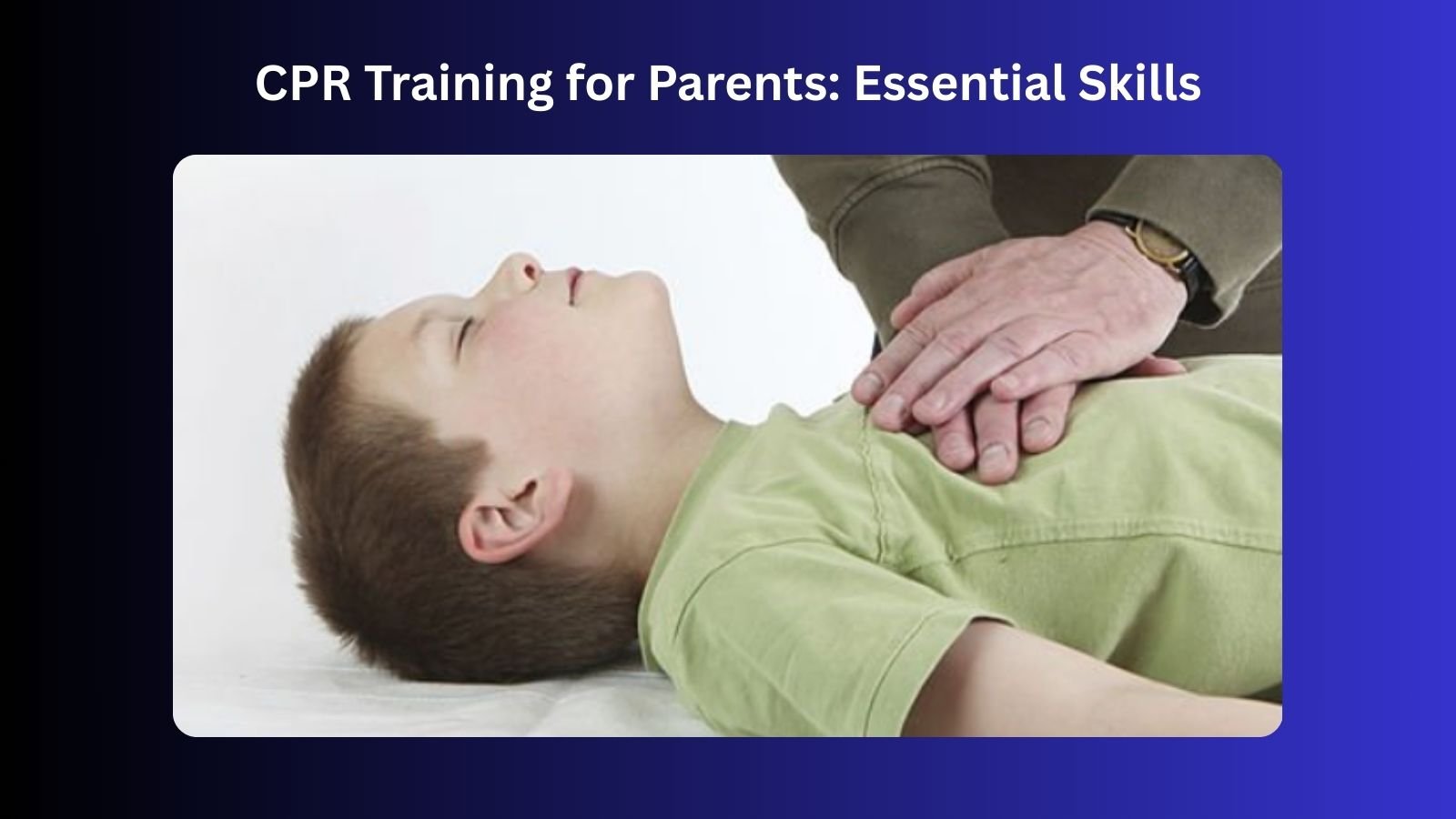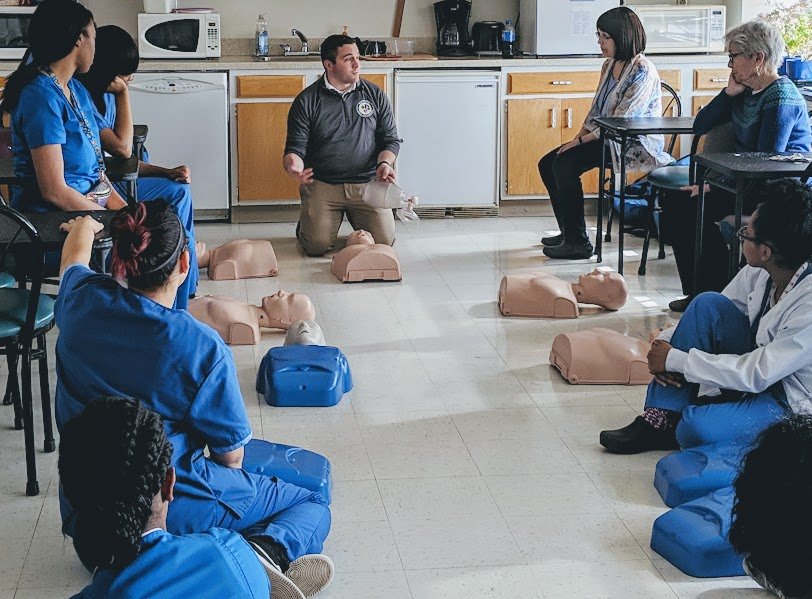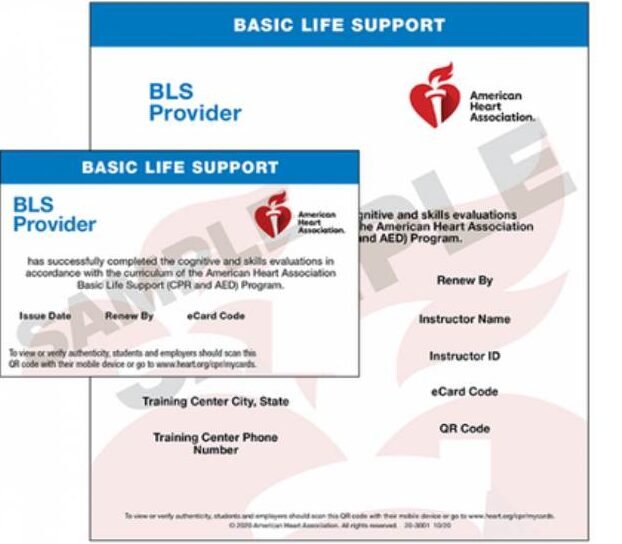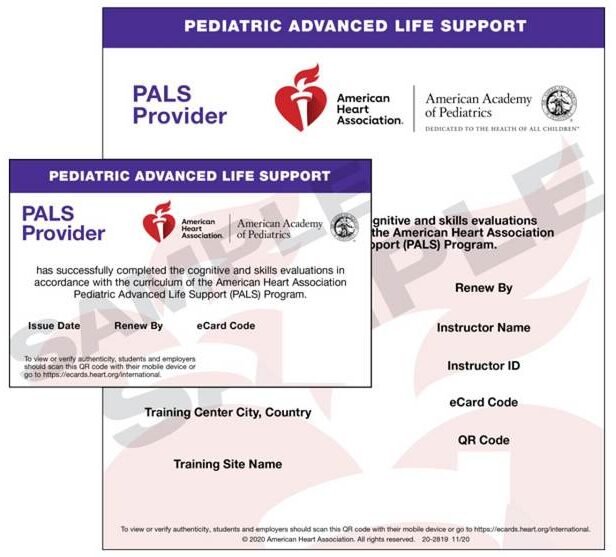As parents, safeguarding your child’s health and well-being is a top priority. Understanding how to perform CPR (Cardiopulmonary Resuscitation) is crucial, especially in emergencies involving your children. If you’ve been searching for CPR training for parents near me, you’re already taking a vital step toward ensuring your family’s safety. This blog post will cover why CPR training is essential for parents and other family members, highlight the key techniques for infants and children, and provide tips on staying prepared for emergencies.
The Importance of CPR Knowledge for Parents
Every year, countless children face medical emergencies, from drowning incidents to situations where they may suffocate due to choking or become unresponsive from sudden cardiac arrests. In many cases, whether a child is conscious or unconscious at the time, the immediate response and relief provided before emergency services arrive significantly affect outcomes. For parents, having CPR skills is not just an advantage it’s a necessity.
Why Parents Should Learn CPR:
- When you act quickly in an emergency, you can make a real difference in your child’s chance of survival.
- Using the right techniques helps you stop things from getting worse, especially during breathing or heart-related crises.
- Knowing exactly what to do keeps you calm and in control, especially when your child needs you most.
How to Perform CPR on a Child/ Infant
CPR procedures for children and infants differ significantly from those for adults, primarily due to their physiological differences.
For Infants (Under 1 Year Old):
- Safety Checks and Assessment: Ensure the environment is safe. Gently tap the infant’s foot and shout to check responsiveness.
- Call for Help: If there’s no response, have someone call emergency services. If you’re alone, perform CPR for two minutes before calling 911.
- Chest Compressions: Use two fingers to press down on the center of the chest, about 1.5 inches deep, at a rate of 100-120 compressions per minute.
- Rescue Breaths: After 30 compressions, give 2 gentle breaths by covering the infant’s mouth and nose with your mouth.
For Children (1 to Puberty):
- Assess Responsiveness: Check responsiveness by tapping the child’s shoulder and shouting.
- Alert Emergency Services: Call 911 if there’s no response, or instruct someone else to do so.
- Chest Compressions: Use one or both hands (depending on the child’s size) to press down about 2 inches in the center of the chest.
- Rescue Breaths: After 30 compressions, provide 2 rescue breaths by sealing your lips over the child’s mouth.
Tips for Parents to Stay Prepared
- Regular Training: Refresh your CPR skills regularly. Childcare-specific CPR courses are available and recommended.
- Emergency Plan: Have an emergency plan in place and ensure everyone in the home knows it.
- First Aid Kit: Keep a well-equipped first aid kit readily accessible at home.
Additional Benefits of CPR Training for Parents
Taking CPR training as a parent isn’t just about learning a life-saving skill, it’s about giving you peace of mind in those critical moments. Here are six benefits you’ll gain from becoming CPR certified:
- CPR training helps you gain the ability to respond calmly during urgent situations.
- This training enhances your confidence in handling emergencies.
- You become a vital first line of help before professional help arrives.
- It helps you to recognize signs of distress or life-threatening conditions.
- You feel more prepared for unexpected accidents or health crises.
- You contribute to your child’s safety and your peace of mind.
Read About: How to Safely Hold a Choking Infant for Back Blows
Ready to Respond: Preparing to Protect Your Children
You should know CPR because it’s a life-saving skill that can help you act quickly and confidently if your child ever faces an emergency. Remember, the best way to prepare is to seek out professional CPR training tailored to children and infants. This training provides hands-on practice and knowledge, including how to properly use an AED (Automated External Defibrillator), empowering you as a parent to provide critical care when seconds count. For more information or to enroll in a CPR classes for parents, contact Bayside CPR, where we have certified CPR instructors ready to guide you every step of the way.
